It is important to celebrating diverse representations of masculinity in media and culture in order to better understand and accept different types of masculinity.
masculinity has been represented in many different ways in media and culture. From the traditional, stoic and strong patriarch, to the more modern and sensitive man, there is no one way to be masculine. And that’s a good thing!
The traditional view of masculinity is often seen as outdated and restrictive, while the more modern view is seen as more open and freeing. But both are valid representations of masculinity.
It’s important to celebrate the diversity of masculinity in media and culture. It helps to break down stereotypes and allows men to express themselves in whatever way they feel comfortable.
There are a lot of negative stereotypes surrounding masculinity. Men are often seen as aggressive, unemotional and insensitive. But this isn’t always the case.
Many men are kind, caring and emotional. They’re also strong and capable. These are all valid forms of masculinity.
It’s important to see diverse representations of masculinity in media and culture. It helps to break down the negative stereotypes and allows men to express themselves in whatever way they feel comfortable.
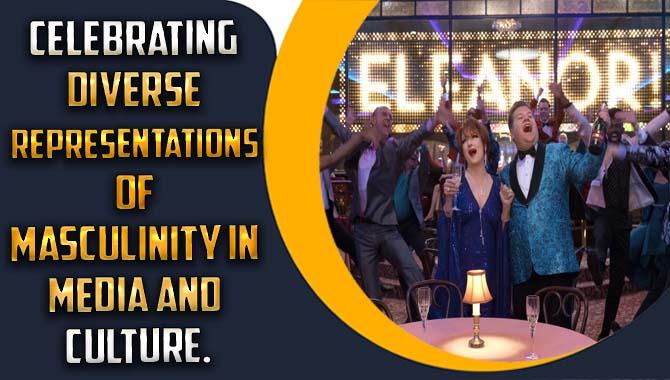
What Are Some Celebrating Diverse Representations Of Masculinity In Media And Culture?
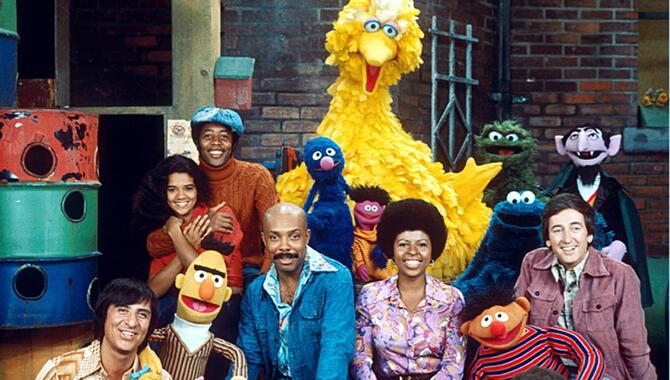
Some diverse representations of masculinity in media and culture include the traditional “macho” man, the sensitive guy, the metro-sexual man, and the effeminate man.
In recent years, there has been a growing discussion about the diverse representations of masculinity in media and culture. This is a complex and nuanced topic, and there are a variety of ways to approach it. In this article, we’ll take a look at some of the different ways that masculinity is represented in media and culture, and provide a real-life example of each.
One way that masculinity is represented in media and culture is through traditional gender roles. This includes the idea that men are supposed to be strong, stoic, and emotionless. This representation of masculinity is often seen in action movies, where the male protagonist is often portrayed as a tough guy who doesn’t show any weakness.
Another way that masculinity is represented in media and culture is through more modern gender roles. This includes the idea that men can be emotional and sensitive, and that it’s okay for them to show their feelings. This representation of masculinity is often seen in romantic comedies, where the male lead is often portrayed as a sensitive guy who is in touch with his emotions.
A third way that masculinity is represented in media and culture is through a combination of traditional and modern gender roles. This includes the idea that men can be both strong and emotional, and that both of these qualities are okay. This representation of masculinity is often seen in dramas, where the male lead is often a complex character who is able to show a range of emotions.
Finally, a fourth way that masculinity is represented in media and culture is through a rejection of traditional gender roles. This includes the idea that men don’t have to conform to traditional ideas about masculinity in order to be considered real men.This representation of masculinity is often seen in independent films, where the male lead often bucks traditional gender roles and is his own person.
So, those
Are four different ways that masculinity is represented in media and culture. Which one is most accurate?
That’s up for debate. But it’s important to remember that there is no one truerepresentation of masculinity. Instead, there are a variety of ways that men can be portrayed, and it’s up to each individual to decide which one resonates the most with them.
How Can We Celebrate Diverse Representations Of Masculinity In Media And Culture?
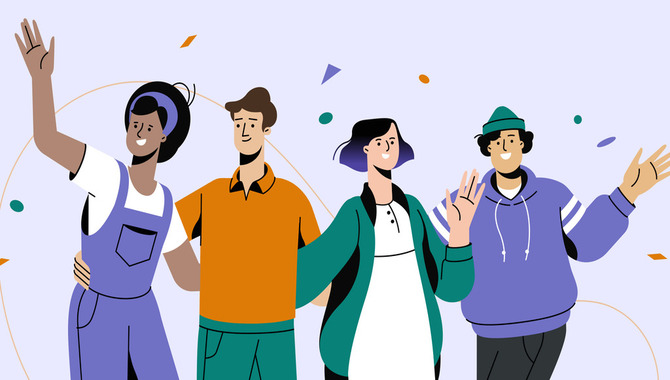
We can celebrate diverse representations of masculinity in media and culture by diversifying the media and cultural landscape.
It’s no secret that masculinity has been represented in a very one-dimensional way in the media for a very long time. This is starting to change, however, as we are beginning to see more diverse representations of masculinity in media and culture. This is a very good thing, as it helps to break down the false belief that there is only one way to be a man. Here are some ways that you can celebrate these diverse representations of masculinity:
- Watch shows and movies that feature diverse representations of masculinity.
There are a growing number of shows and movies that feature diverse representations of masculinity. Some examples include the TV show Brooklyn Nine-Nine, which features a man of color as one of the main characters, and the movie Moonlight, which tells the story of a gay black man coming of age.
- Seek out and support businesses that are owned by or cater to men of color.
There are a number of businesses that are owned by or cater to men of color. For example, you could support a local barbershop that is owned by a black man or buy clothes from a menswear brand that is designed for men of all sizes and shapes.
- Talk about the importance of diversity with the people in your life.
One of the best ways to celebrate diverse representations of masculinity is to talk about the importance of diversity with the people in your life. This can be done in a number of ways, such as starting a discussion about it at your next family gathering or bringing it up with your friends the next time you’re hanging out.
- Stand up against discrimination and bigotry.
Sadly, there are still many people who discriminate against men of color and other minority groups. If you witness this kind of behavior, it’s important to speak up and stand up against it. This will help to create a more inclusive world for everyone.
These are just a few of the ways that you can celebrate diverse representations of masculinity in media and culture. By doing these things, you’ll help to create a more inclusive world for everyone.
What Impact Do Diverse Representations Of Masculinity In Media And Culture Have?
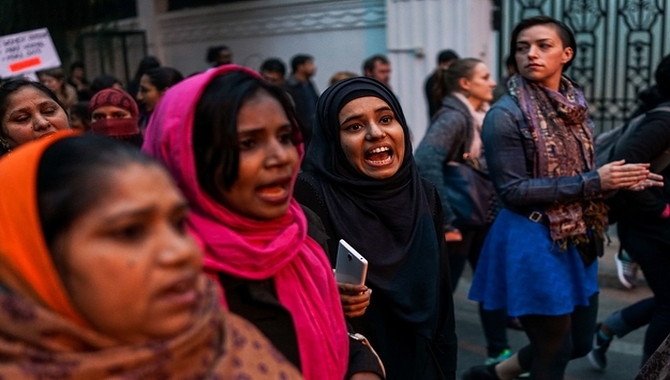
The impact of diverse representations of masculinity in media and culture is that they can help to break down harmful stereotypes and expectations.
There is no one answer to this question since the impact that diverse representations of masculinity can have will vary depending on the individual. That said, some potential impacts that these representations may have include increasing understanding and acceptance of different types of masculinity, challenging negative stereotypes about masculinity, and providing role models for those who may not feel represented in the mainstream.
One example of the impact that diverse representations of masculinity can have is the recent increase in visibility of transgender and gender non-conforming men in the media. This is significant because it helps to challenge the idea that there is only one way to be a man.
For transgender and gender non-conforming individuals, in particular, seeing themselves represented in the media can help to validate their experiences and give them a sense of visibility and belonging. For cisgender men, seeing transgender and gender non-conforming men in the media can help to increase understanding and acceptance of these individuals. In turn, this can lead to more inclusive and supportive environments for all masculine-identified individuals.
Ultimately, the impact that diverse representations of masculinity have will depend on the individual. However, these representations can have the potential to challenge negative stereotypes, increase understanding and acceptance, and provide role models for those who may not feel represented in the mainstream.
What Are Some Challenges Associated With Celebrating Diverse Representations Of Masculinity In Media And Culture?
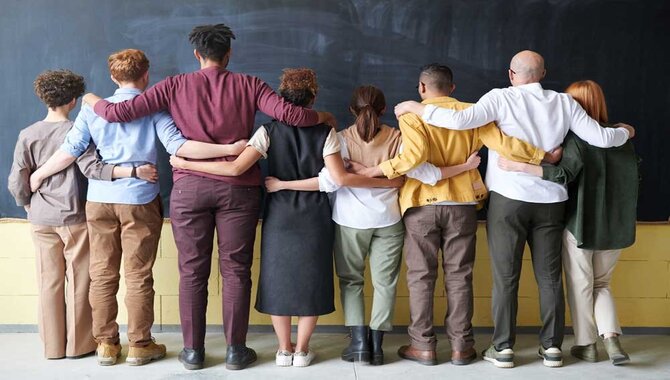
There are many challenges associated with celebrating diverse representations of masculinity in media and culture.
There are a few challenges associated with celebrating diverse representations of masculinity in media and culture. One challenge is that some people may feel that their masculinity is being attacked or threatened. Another challenge is that some people may feel that they need to conform to a certain type of masculinity in order to be accepted. And lastly, some people may feel that they are not represented at all in the media and culture, which can be frustrating and even isolating.
One way to overcome these challenges is to have open and honest conversations about masculinity with friends, family, and others. It is also important to remember that there is no one right way to be masculine. Everyone has their own unique way of expressing their masculinity, and all of those ways are valid.
For example, let’s say that you are a man who is attracted to other men. In the past, you may have felt like you needed to hide this part of yourself because you didn’t feel like you fit into the traditional masculine ideal. However, as you see more and more diverse representations of masculinity in the media and culture, you begin to feel more comfortable with who you are.
You start to feel like you can be open about your attraction to other men without feeling like you are betraying your masculinity. This can be a liberating experience that allows you to be more authentic and true to yourself.
FAQs:
1. How Can We Overcome These Challenges?
Ans. There is no one answer to this question as the challenges faced and the resources available vary from place to place. However, some general strategies for overcoming challenges include building capacity within communities, developing appropriate technology and infrastructure, and creating incentives for change.
2. What Are Some Ways In Which Masculine Representations In Media And Culture Can Be Diversified?
Ans. One way in which masculine representations in media and culture can be diversified is by featuring more diverse body types. This can include men of different races, ethnicities, and body types. Another way is by featuring more diverse occupations and interests. This can include men who are artists, musicians, chefs, etc.
3. What Are Some Benefits Of Diversifying Masculine Representations In Media And Culture?
Ans. There are many benefits of diversifying masculine representations in media and culture. Some of these benefits include:
- Providing positive role models for boys and young men.
- Helping to break down gender stereotypes.
- Encouraging men to be more open and expressive.
- Showing that there is more than one way to be a man.
- Challenging negative and harmful ideas about masculinity.
- Creating a more inclusive and diverse culture.
- Helping men to feel more comfortable in their own skin.
- Giving boys and young men a wider range of options and possibilities in life.
- Allowing men to be more fully themselves.
- Ultimately making the world a better place for everyone.
4. How Can We Ensure That Diverse Representations Of Masculinity In Media And Culture Are Celebrated?
Ans. There is no one answer to this question, as it depends on the particular context in which diverse representations of masculinity are being celebrated. However, some possible ways to ensure that these representations are celebrated in a meaningful way include creating safe and inclusive spaces for open dialogue about masculinity, encouraging the development of diverse masculine role models, and promoting positive representation of all masculinities in the media and culture.
Conclusion
“It is hoped that you are now clear. If you still have any questions, please do not hesitate to comment below regarding diverse representations of masculinity in media and culture.”
